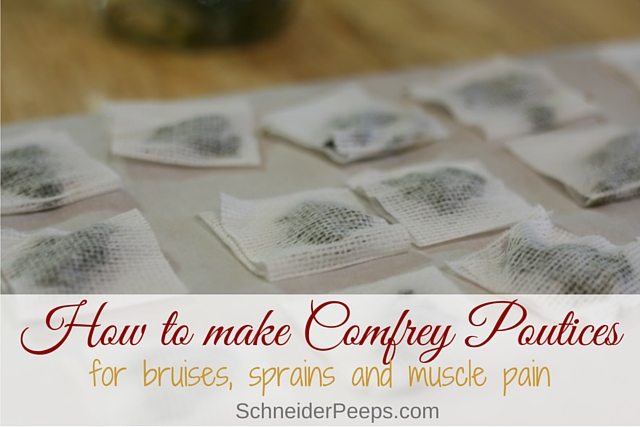
Last week Phoebe bruised one of her big toenails at dance. She has no idea how it happened, it looks like someone dropped something heavy on it, it’s all purple and blue. And it hurts. You know, the kind of hurt that when someone bumps it you start doing that silent cry that just won’t stop. Yep, that kind of hurt.
We don’t normally treat bruises in our family, especially since they are usually from a bump or playing paintball. But this one is different than most bruises, so after reading up on bruises, I decided that we needed to try a comfrey poultice. According to the University of Maryland Medical Center comfrey can be used to “heal bruises as well as pulled muscles and ligaments, fractures, sprains, strains, and osteoarthritis.”
I headed out to the garden and picked four comfrey leaves and then got to work. I knew that Phoebe would need to keep up the comfrey treatment for a few days but I didn’t want to make it each time she needed it. I decided I would make some small poultices and freeze them.
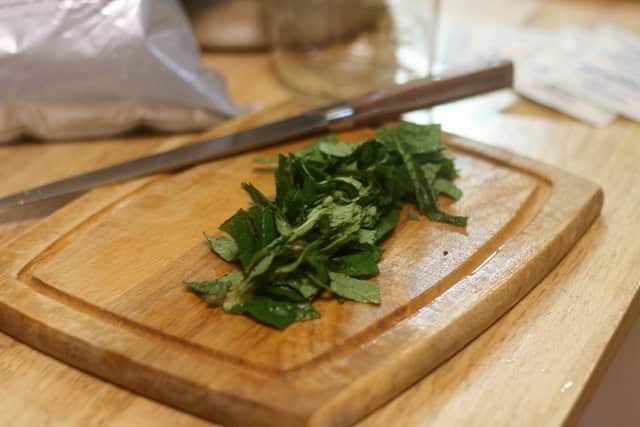
I chopped the leaves, put them in a wide mouth mason jar and added enough water to just barely cover them. I also added about a tsp of psyllium husks to thicken it up so that it doesn’t just slide all over the place.
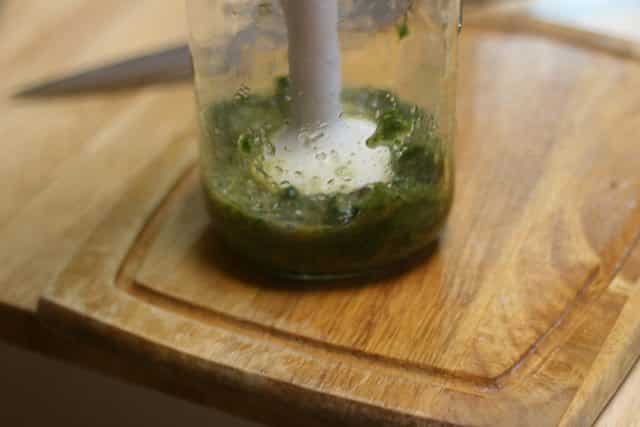
I used an immersion blender to blend it all up and make a paste.
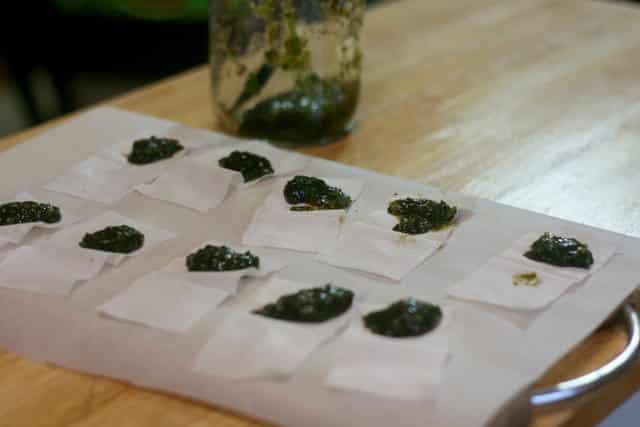
Then I opened up some gauze pads and put a small spoonful of the comfrey poultice on each one. Once they were all full I closed them up and put them in the freezer for an hour or so. When they were frozen, I put them in a ziplock bag and put them back in the freezer. When one is needed, we can just pull it out and let the body heat thaw it out.
Comfrey Safety Precautions
Comfrey has been used for hundreds of years both internally and externally. However, it’s been found that comfrey can cause liver damage when used internally, so don’t take comfrey internally. That also means, don’t use comfrey on an open wound as it can more easily seep into your blood stream.
Don’t use comfrey on small children. Their bodies have a much harder time processing toxins than larger bodies.
It’s best to only use comfrey for 4-6 weeks in one calendar year.
It’s also best to also take some liver supporting herbs while using comfrey, like drinking moringa tea or adding moringa to smoothies. Other liver supporting herbs include valarian, dandelion, burdock root, lemon balm, milk thistle, turmeric, and yellow dock.
Of course, I think the best place to get your comfrey is to grow it yourself. It’s a super fast growing plant but if you just can’t wait you can order it.
If you’re interested in studying herbs in depth, I highly recommend the courses from The Herbal Academy.
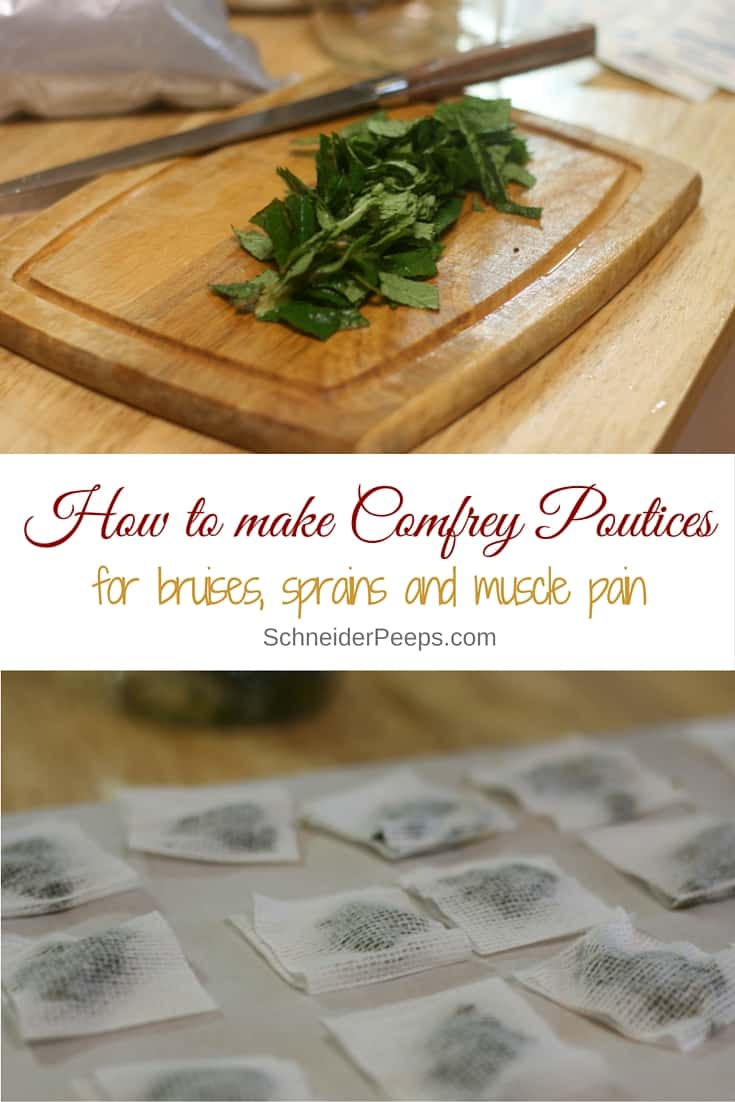
Tell me, do you use herbal poultices? If so, what do you use and for what?
Original article and pictures take www.schneiderpeeps.com site
Комментариев нет:
Отправить комментарий